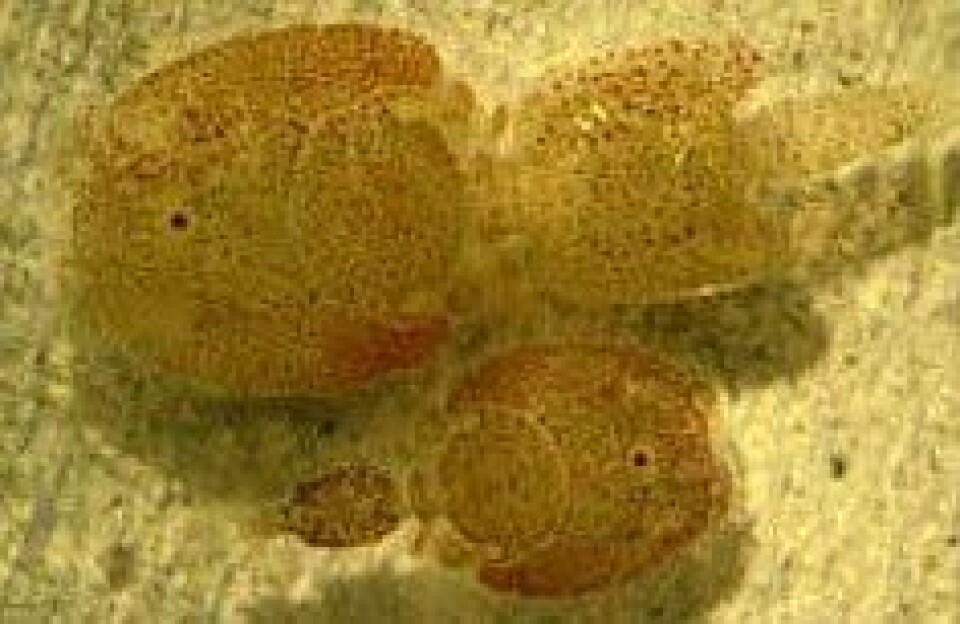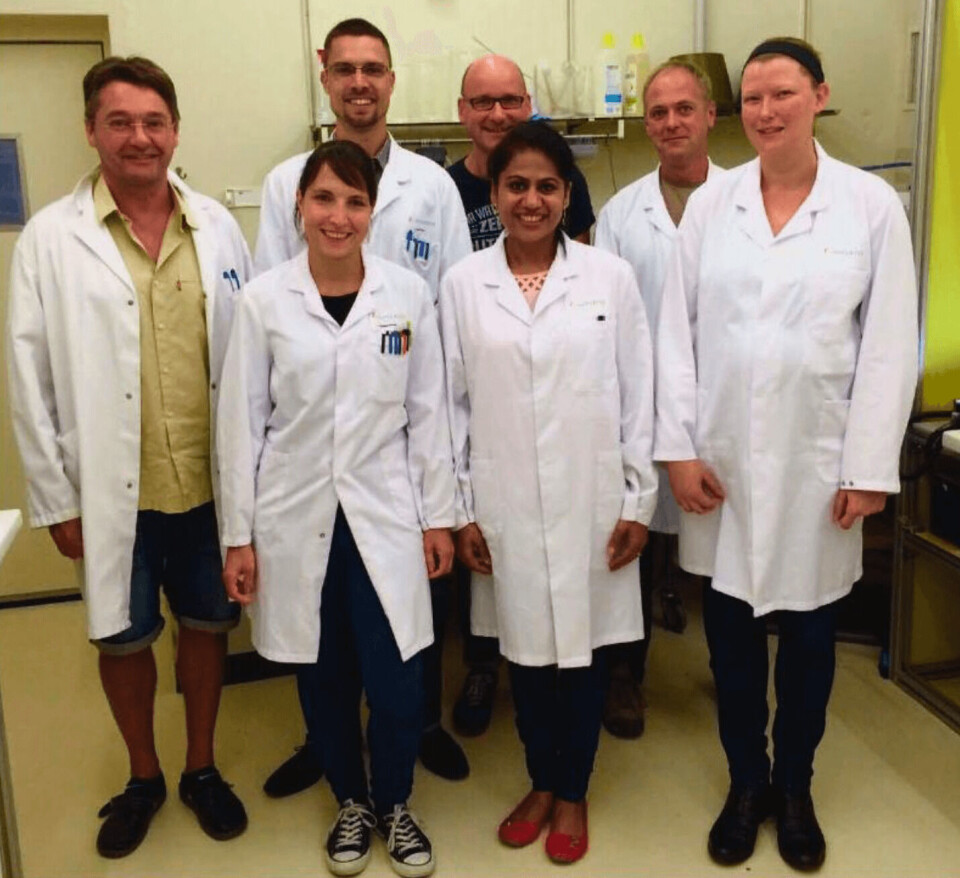
The perils and pitfalls of sea lice treatments
By wiping out those sea lice populations that are the most sensitive to treatments, salmon farmers in Norway have unwittingly sped up the rate at which the surviving populations develop drug resistance.
Dr Kiranpreet Kaur, from the Norwegian University of Life Sciences (NMBU), recently gave a presentation to Canada's Atlantic Veterinary College, on her recent research, looking at characterizing the mechanism of resistance of salmon lice to chemotherapeutants.
Kaur, a post-doctoral researcher in Dr Tor Einar Horsberg’s group, works mostly on resistance mechanisms in the salmon louse towards various chemotherapeutants.
Set up for failure

Norwegian government regulations require a reduction of the lice burden if the abundance exceeds 0.5 adult female parasites per fish on farms.
Kaur explained that, due to the limited number of chemotherapeutants available, and the shortage of other control options, antiparasitic treatments that have been used to control L.salmonis, and against which the parasite has developed resistance, are still in use.
Since there is an over-reliance on these chemotheraputents, the parasite has developed extensive resistance to most of these drugs, she said.
"After 2007 there was a rapid increase in the number of treatments for the salmon louse, and the numbers are still increasing today – the parasite is developing resistance to the different treatments."
“The major driving force is the low threshold,” said Kaur. “The focus is to just maintain this low level of lice, irrespective of whether the parasites that are present are sensitive or resistant to treatment.”
Kaur said that there is only one category of drug that is still 100% effective at killing the salmon louse: chitin inhibitors. But all the other categories – such as pyrethroids and organophosphates – have reached very low levels of efficacy.
“Because the focus has been to maintain the low level of parasites, no attention has been given to the fact that sensitive lice are important to delay the evolution of resistance,” said Kaur.
“Instead we have been killing that sensitive parasite instead of saving or protecting the useful sensitive population,” she said.
“Now the focus has changed, but for many drugs, it is too late,” Kaur continued.
What is the mechanism?
Kaur explained that another important part of the problem is that researchers are not entirely sure how the drugs kill the parasite, or why the salmon louse has become resistant to them.
"If we know these two things, which are obviously interrelated, we can provide the industry with a clear monitoring programs to determine the sensitivities of parasites at different fish farms,” she argued.
“Knowing the mode of action will allow us to develop rapid diagnostic assays which will be a useful tool for the farming industry that can help inform the farmers beforehand so they can make educated decisions about which chemotherapeutants to use,” Kaur explained.
One specific class of drugs is organophosphates, such as azamethiphos – which since 2008 has had issues with resistance all along the Norwegian coast.
“We have successfully identified the resistance mechanism towards organophosphates,” said Kaur.
Kaur explained how organophosphates bind to acetylcholinesterase (AChE), preventing the normal neuronal function in the parasites, thus killing them.
“We found a single mutation in the AChE gene, which is the major resistance mechanism in salmon lice against organophosphates,” she said. “We found a high frequency of this mutation in resistant strains of lice.”
This mutation helps the parasite to survive treatment with the drug, she added.
The researchers wanted to know the prevalence of this mutation on the Norwegian coast, and across the different fish farms. Their results show that there are localized differences in the presence of the mutation.
There are number of factors that results in higher prevalence of the mutation, including treatment history and distance to neighbouring farms.
“We have found a positive correlation between density of farms and resistance issues,” Kaur said.
“We used our rapid diagnostic assay to screen samples of sea lice for the specific mutation, and in areas where there were no issues with resistance, we didn’t find evidence of the mutation,” she continued.
Kaur said the assay has been used successfully for two years now to educate farmers about the status of lice on their farms, and guide them to use a more effective treatment if necessary.
“We wanted to look at the bigger picture,” explained Kaur. “Does this mechanism hold true in other locations?”
They used their diagnostic assay on samples from Scotland, Chile, Ireland, the Faroes, and Atlantic Canada.
“Our data shows this mutation isn’t restricted to Norwegian fish farms, and it has something to do with resistance towards organophosphates,” said Kaur.
The team then asked: did this mutation arise due to the use of the drug? Or was it there before?
Kaur explained that their data suggests the mutation that enables the salmon louse to survive treatment with azamethiphos was a fluke, and was present in the population prior to the advent of treatments.
“Our data supports the hypothesis that, way back in history, this mutation was present as a neutral standing mutation,” she said. “Once selection pressure increased with the use of organophosphates, the prevalence of the mutation became more dominant."























































